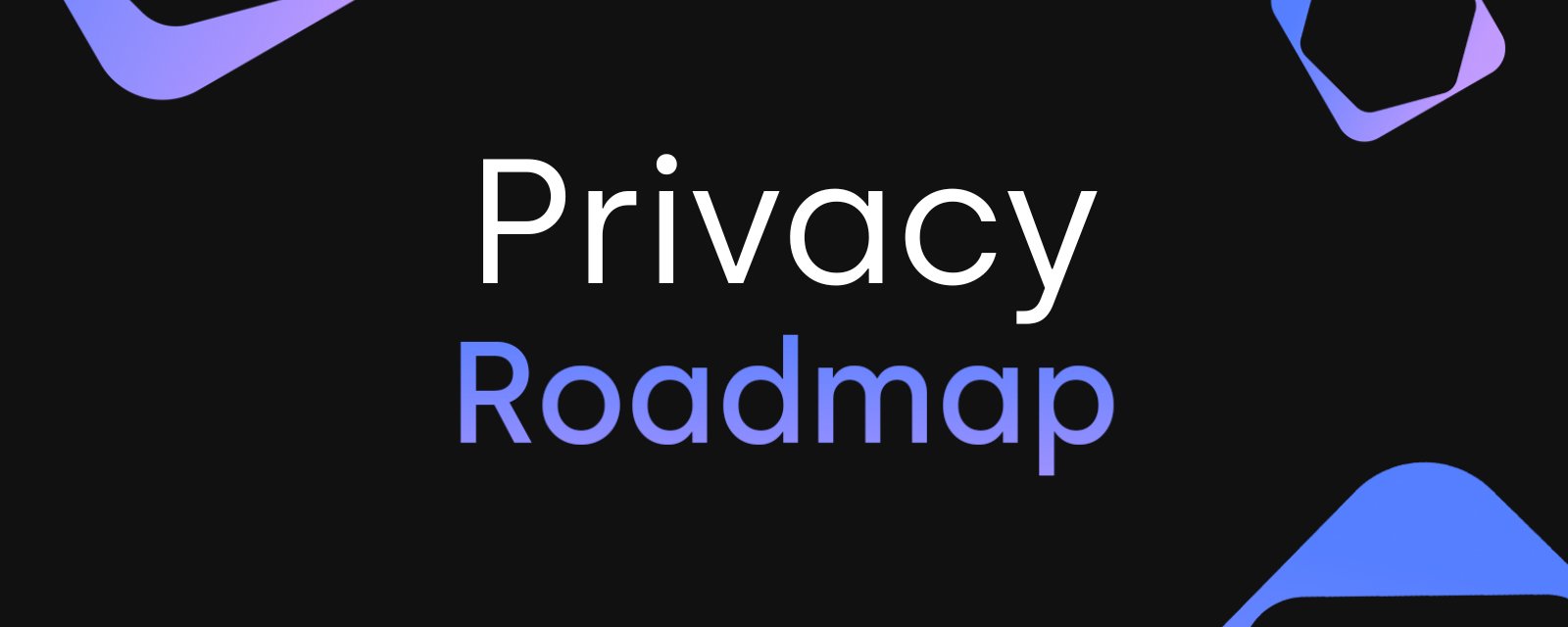Telos Breaking EVM Transaction Records

The Telos Blockchain Network, powered by AntelopeIO, officially ranks among the fastest blockchain technologies in existence. With block times of 0.5 seconds (compared to ETH’s average of 12 seconds) and the unparalleled capacity for thousands of real-world transactions per second, Telos stands alone as the front-runner for future mass adoption.
Astounding Results
In November 2021, Telos unveiled its tEVM, an innovative Ethereum Virtual Machine (EVM) that operates as a smart contract on the Telos native network. Although the maximum transactions per second for tEVM were estimated to be between 4,000 and 6,000 during development, the true capacity had not been assessed until recently. The results obtained during recent testing were so astonishing that external testing and concrete proof were deemed necessary.
Telos partnered with The Blockchain Collaborative at Baylor University in Waco, Texas to conduct unbiased testing, co-author this report, and externally verify the test procedure and results.
The Blockchain Collaborative (TBC) is a student-run organization founded in 2022 dedicated to educating and inspiring the next cohort of blockchain front-runners to be servant leaders. As an interdisciplinary cooperative of student engineers, researchers, and advocates, TBC is driving mainstream understanding of blockchain while exploring its additional applications. As a part of their regular operations, TBC engages the public through weekly meetings, educational workshops, and engineering labs for hands-on Web3 and blockchain project development.
For the testing environment, Nathan Hennigh (TBC Co-President), set up three API nodes on the Telos stagenet. The Telos-built EVM cannon was then configured to fire transactions at those nodes. Alongside Jesse Schulman (TCD CTO) and JT Buice (TCD Systems Manager) and TBC leadership Nathan Hennigh and Cole Flenniken utilized a combined 6 EVM cannons to flood the network with transactions. During this stage, a record setting TPS of 15,200 was observed. The results were beyond what was initially expected. “It’s wild to have been a part of testing and proving the fastest EVM on the planet” Nathan said after the study. “15k TPS is an insane number, I don’t know how there can even be room for competition now” said Cole in regards to the results.
With the help of The Blockchain Collaborative, Telos is both proud and excited to disclose the following report containing monumental results achieved using nothing but the standard architecture and codebase. Importantly, technologies like sharding, rollups, or similar scaling methods were not used to attain the results of these tests thus rendering them even more accurate and honest, and therefore more credible and profound.
Top Test Results
- tEVM, simple token transactions (send/receive): 15,200 TPS
- tEVM swap transaction: 1,826 TPS
- TLOS / wTLOS based on reference AMM implementation


Technical Details of Benchnet Environment
To ensure that the test results were based on an environment that accurately reflected Telos’ main network, standard hardware, code base, and several validator nodes from around the globe were utilized to closely simulate Telos Mainnet.
Capacity Configuration Variables
There are two levels of configuration: per-node configurations that each validator has at their discretion and the global configuration that affects the entire network. In the numbers below, you will find mainnet is configured much lower than the “benchnet” on which these tests were performed. This is effectively an artificial cap intended to favor stability over peak performance.
Per-Node Configuration
OC enable: This setting enables “overclocking” of the WASM VM and is generally discouraged from running on validator nodes. It is however encouraged to be used for non-validator nodes, specifically those on slower hardware to ensure they keep up with 0.5 second block production times. To achieve maximum throughput, OC was enabled for all nodes.
CPU effort: This is the percentage of processor time a validator will spend executing transactions. Varying this setting allowed the test team to create sufficient transaction backpressure as described below.
Global Configuration
The two resources measured during transaction execution that can impact performance: NET and CPU. The overall size of a transaction, measured in bytes, is what the NET resource controls. CPU is the time spent executing the transaction (measured in microseconds). These two combined provide the “block size.” The following settings were modified for the purposes of the max TPS benchmark:
max_block_net_usage: The maximum NET resource that can be used in a single block.
Benchnet: 9048576
Mainnet: 1048576
max_block_cpu_usage: The maximum CPU resource that can be used in a single block.
Benchnet: 500000
Mainnet: 200000
min_transaction_cpu_usage: The minimum amount of CPU that will be billed for a single transaction.
Benchnet: 1
Mainnet: 100
Testing Strategy
Across all blockchains, only one type of transaction is close to an “apples to apples” measurement: the basic transfer of value. The high performance of Telos requires specific preparations of the nodes involved in testing. Early attempts to overwhelm the mempool failed due to the network’s vast capacity and 0.5 block times. With all validator nodes operating at peak performance, loading enough transactions onto the chain and creating sufficient backpressure to see a large TPS metric proved challenging.
Utilizing transaction cannons (https://github.com/telosnetwork/evm_cannon) that can perform thousands of transfers and swaps simultaneously, the test team utilized a sufficient number of cannons, but the network would execute transactions faster than the maximum number that could be queued inside the mempool. While this was already a tremendous result, the test team could not achieve the network’s targeted stress test.
To overcome this challenge, the schedule was adjusted to allow a 6-second time window to fire sufficient transactions into the pool with one validator’s “CPU-effort-percent” set to 0, meaning they would not execute any transactions but would receive and broadcast them to the network.
The best TPS results are based on the total transactions executed in two consecutive blocks. They are neither theoretical nor based on one large block extrapolated by multiplying by two (as there are two blocks per second). Instead, they are based on the number of transactions executed in a single wall-clock second.
Telos implements the tEVM as a smart contract on the native C++/AntelopeIO network. Therefore, all of the infrastructure and performance metrics described above are shared. Telos native network contains a feature called “actions,” which are smart contract functions. Note that a single transaction can include many of these actions. Therefore, an EVM transaction is a native action, and we can bundle many EVM transactions in a single native transaction.
Simple (send/receive) transactions of TLOS EVM tokens were simulated as a first step. As mentioned previously, TLOS is the native currency of the EVM and is represented by the “value” property of EVM transactions. Being a smart contract that executes in a WASM runtime, we expected the EVM performance of transferring TLOS to be much less than that of the native TLOS transfers. This expectation was based on the fact that the tEVM smart contract had to perform much more work than the native TLOS token contract. A subsequent test series performed with Baylor on Telos native transaction performance will be released at a later date.
Overcoming Challenges
The biggest challenge with performing the EVM benchmarking was the nonce. The nonce of an EVM transaction is a per-address counter which must increment by 1 with every transaction. If address 0xabc123 wants to send 100 transactions in a single second, each one must have a unique nonce (1–100), with each transaction executed in that specific nonce order.
The difficulty increases drastically when attempting to perform thousands of transactions per second with each transaction also requiring TLOS to pay for gas. Each EVM transaction cannon generated 1,000 EVM addresses and transferred a small amount of TLOS to each of them.
While accomplishing the tests, each cannon fired with the same settings at the same time. One such setting involved adjusting the number of EVM transactions that could bundle into a single native transaction. One of the original engineers of the AntelopeIO software was brought in as an advisor during the benchmark exercises. He assured the team that the overhead saved by bundling EVM transactions into a single native transaction was negligible as the WASM runtime is torn down and recreated for every action in a transaction.
Each EVM transaction must still perform an ECDSA key recovery. On Telos native, the key recovery is created in parallel threads, so recovering one signature for the whole native transaction versus one native signature per EVM transaction did not improve upon the serialized execution of the transactions. Utilizing results from initial tests with millions of transactions, the team found that 5–10 EVM transactions per native transaction hit a “sweet spot.” The adjustments for EVM execution produced extraordinary results. With an impressive 15,200 TPS — a staggering difference from the average 15–20 TPS of Ethereum.
“Sweet-spot” simple transfers are the go-to metric in virtually all TPS benchmark testing performed by other blockchains. While this allows for a direct comparison, the results are often criticized for not reflecting a real-life simulation of blockchain transaction structures. Since Telos aims to publicize realistic benchmarks, especially for an industry leading EVM, additional tests to simulate real-world use cases were also performed and their results can be found below.
Testing Swaps
Defi applications are much more complex than simple transfers, so iterations continued and the team utilized a PancakeSwap clone to simulate simple swap transactions from TLOS to an ERC20 “BENCH” token based on the same setup.
Once more, the results were off the charts! With a maximum Swaps Per Second of 1826 we have proven that the Telos EVM provides an ideal home for DeFi applications, especially if you consider our unique “no-frontrunning” technology protects users from sandwich trades — at unprecedented speeds.


Main-Net Limitations and Implementation Requirements
While the Telos Core Development team is exceptionally proud of the above results, there is a caveat. Some of the above changes would have to be carefully applied to our mainnet to ensure a secure environment for our 100+ dAPPs.
Telos intends to slowly increase the current TPS to approach the benchmarks of this report as mass adoption and higher utilization of the network warrants. The maximum capacity has never been challenged; even with peaks of over 30mil transactions in a single day, Telos has never experienced a network delay or shutdown.
Stagenet Results:

Testnet Results:

About The Blockchain Collaborative (TBC)
The Blockchain Collaborative is a student-run organization at Baylor University in Waco, TX. Founded in the Fall of 2022, TBC is an organization dedicated to educating and inspiring the next cohort of blockchain front-runners to be servant leaders. As an interdisciplinary cooperative of student engineers, researchers, and advocates, TBC makes it a mission to further understanding of blockchain and its applications. TBC events include: general meetings, which are bi-weekly events that feature guest speakers and project development; educational workshops, which are non-technical instructional sessions about what blockchain is, why it works, and why it matters; and engineering labs, which are hands-on instructional sessions that allow students to build projects on the blockchain and develop programming skills.
The content provided in this article is for informational purposes only and should not be construed as financial or investment advice. Always conduct your own research and consult with a professional before making any financial decisions. Cryptocurrency investments along with other asset classes can be volatile and can result in potential losses. Always use caution, practice due diligence, and never invest capital you cannot afford to lose. Remember to always maintain the security of your accounts, use strong passwords, enable two-factor authentication, and be wary of phishing attempts. Stay safe and invest responsibly.
Telos is a decentralized blockchain ecosystem that includes Telos EVM, which is tested as the fastest Ethereum Virtual Machine globally, and its high-speed consensus layer, Telos Zero. With its continued focus on helping push forward the global adoption of Zero Knowledge technology, Telos is also currently developing a hardware-accelerated Ethereum Layer 2 network powered by SNARKtor, with the goal of enhancing privacy and scalability for global use cases at scale. Telos is overseen by The Telos Foundation, an ownerless foundation dedicated to advancing the Telos blockchain network and its community.


